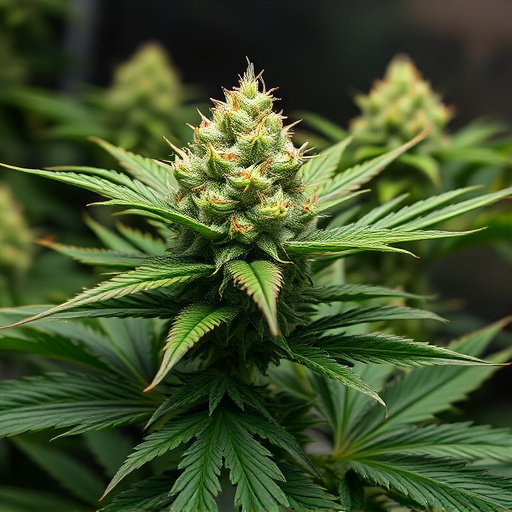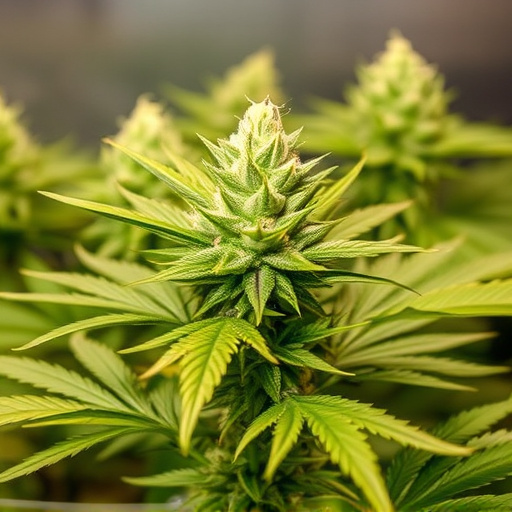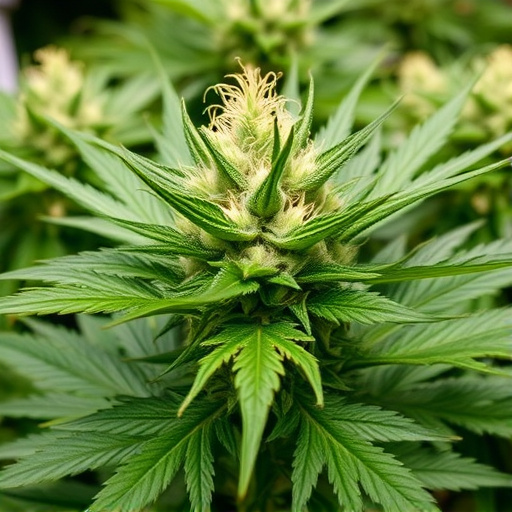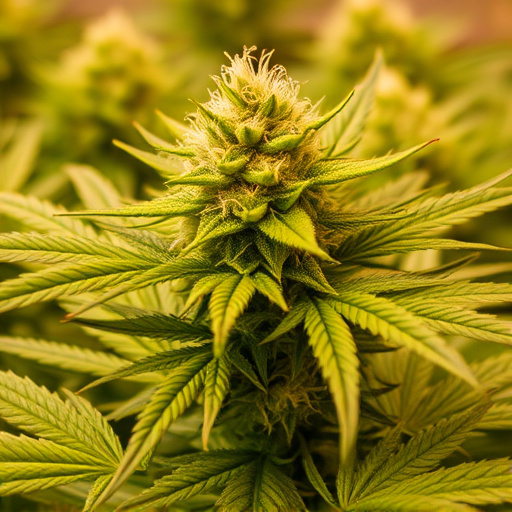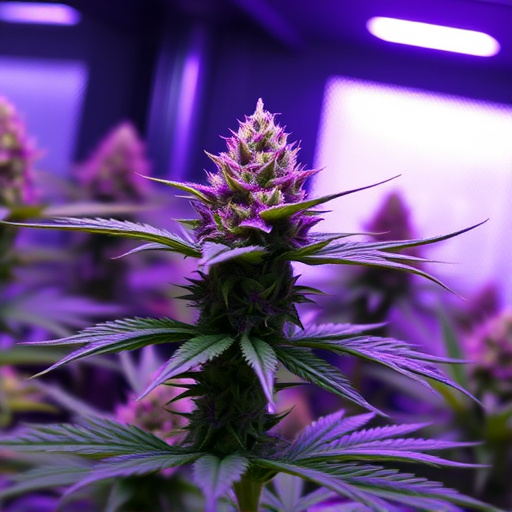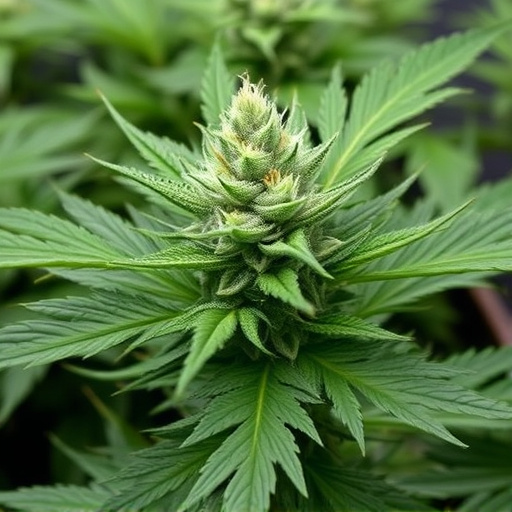Cannabis consumption impacts the body's metabolism and elimination of THC through liver processing, affecting how long it remains detectable in the system. Highest yielding cannabis strains with elevated THC levels can extend detection time up to 30 days or more due to increased fat cell binding, while lower THC content shows shorter durations. Consumption methods like edibles, despite less potent THC, also influence detection times due to slower absorption and metabolism. Individual factors such as metabolism, use frequency, health, and regular vs. occasional consumption further tailor detection periods.
Discover how long cannabis remains detectable in your system. This comprehensive guide explores cannabis metabolism and elimination, shedding light on factors influencing detection time. From potent highest yielding cannabis strains to their effects’ duration, understand the science behind cannabis’s stay in your body. Learn which variables impact testing window, enabling informed decisions regarding use and potential consequences.
- Understanding Cannabis Metabolism and Elimination
- Factors Affecting Cannabinoid Detection Time
- How Long Do Different Cannabis Strains' Effects Last?
Understanding Cannabis Metabolism and Elimination

Cannabis metabolism refers to how your body processes and breaks down the active compounds found in the plant, while elimination describes the process of removing these compounds from your system. The primary compound of interest here is THC (tetrahydrocannabinol), the main psychoactive component responsible for cannabis’s effects.
THC is metabolized primarily in the liver, where enzymes transform it into various byproducts, some of which are more water-soluble and can be eliminated through urine. However, a significant portion of THC binds to fat cells, leading to its prolonged presence in the body, especially in highest yielding cannabis strains known for their high THC content. This binding results in THC’s relatively long half-life—the time it takes for your body to eliminate half of the substance—which can range from 20 to 30 hours, or even longer in some cases.
Factors Affecting Cannabinoid Detection Time
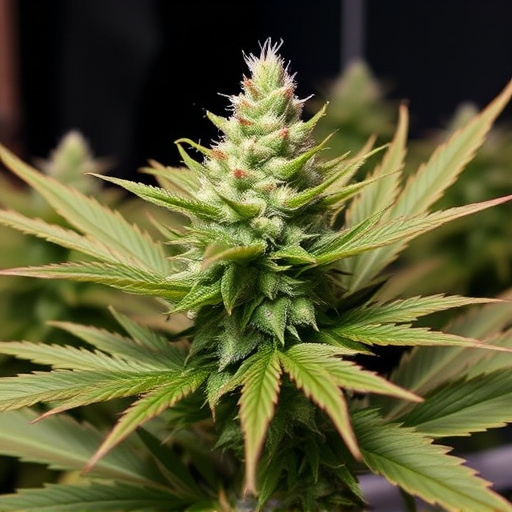
Several factors influence how long cannabis remains detectable in your system, including the type or strain used. Highest yielding cannabis strains, with their elevated cannabinoid content, may lead to longer detection times due to higher levels of compounds like THC and CBD that can be detected by drug tests. The method of consumption also plays a role; edibles, for instance, are processed more slowly than inhaled forms of cannabis because the body absorbs them differently.
Additionally, factors such as individual metabolism, frequency of use, and overall health impact detection times. Regular users may experience shorter detection periods compared to occasional consumers due to their body’s adaptation to cannabinoids. Similarly, certain medical conditions or medications can alter how quickly the body metabolizes and eliminates cannabis compounds.
How Long Do Different Cannabis Strains' Effects Last?
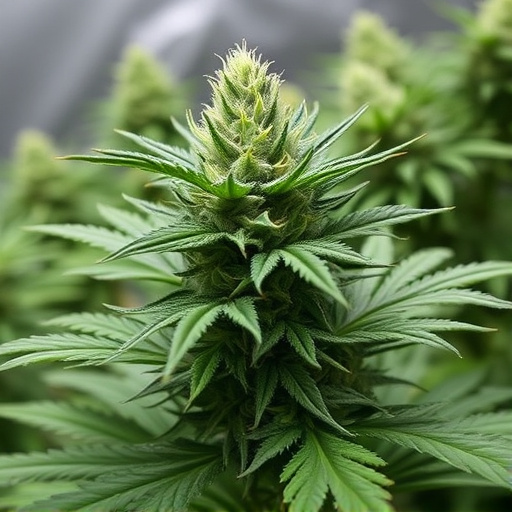
The duration for which cannabis remains detectable in your system can vary significantly based on several factors, including the strain’s composition and your individual metabolism. High-potency strains, often considered among the highest yielding cannabis strains, tend to have more concentrated levels of THC (tetrahydrocannabinol), the primary compound responsible for most of cannabis’ psychoactive effects. Consequently, these potent varieties may remain detectable in urinalysis for extended periods—sometimes as long as 30 days or even more, depending on frequency of use and an individual’s metabolism.
In contrast, less potent strains might produce shorter durations of detectability. However, factors like method of consumption (e.g., smoking versus edibles) also play a role. Edibles, due to their delayed absorption and metabolism, can result in longer-lasting effects and increased chances of positive tests, even with lower THC content strains.
Cannabis metabolism varies from person to person, influenced by factors like tolerance, weight, and individual biochemistry. Understanding these dynamics is key when considering how long cannabis’s effects linger in your system. While there’s no one-size-fits-all answer, studying the metabolic processes and the impact of different strains, such as those known for their highest yielding properties, can provide insights into managing and anticipating cannabis’ residue in your body. Regular consumption can also alter detection time significantly. Staying informed about these factors empowers users to make conscious choices regarding their cannabis use and ensure safety when needed, whether for medical or recreational purposes.









